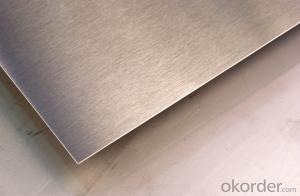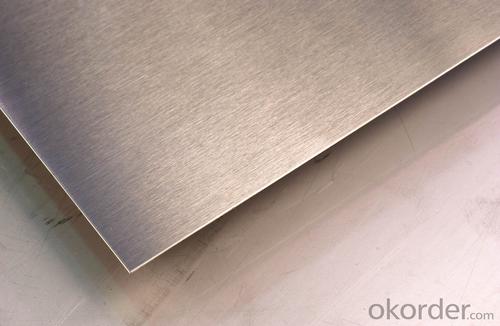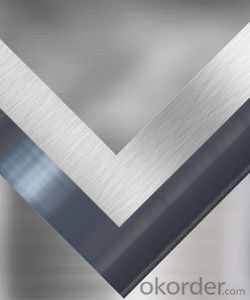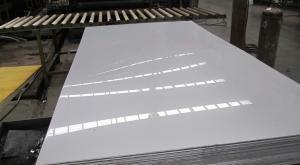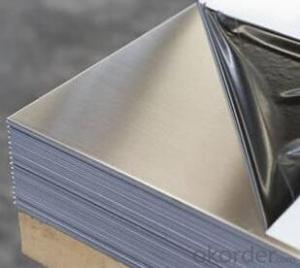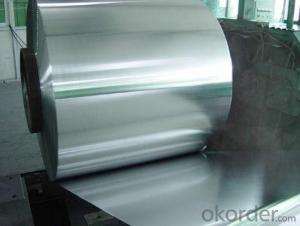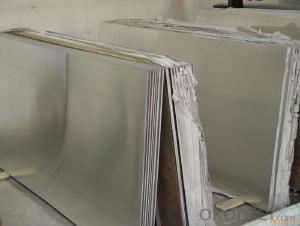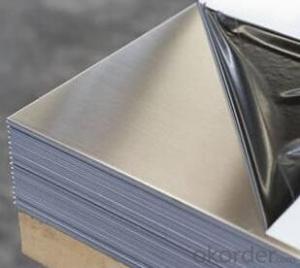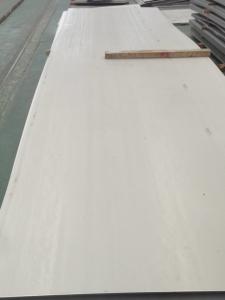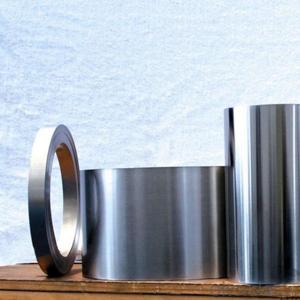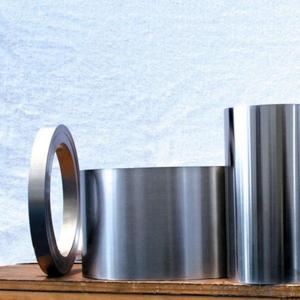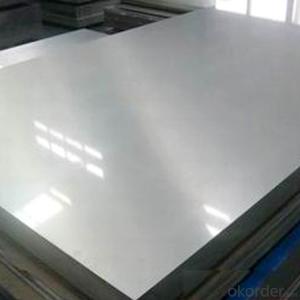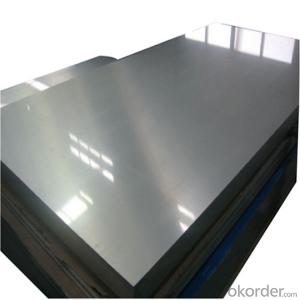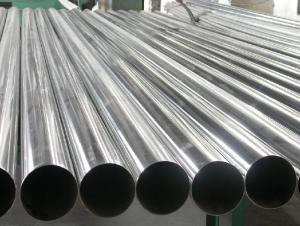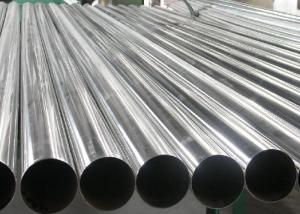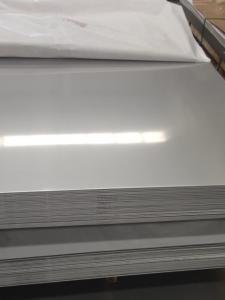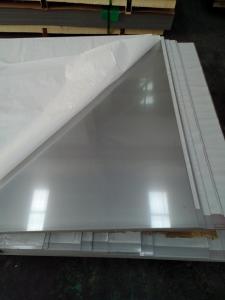316 Hot Rolled Stainless Steel Sheet / Plate
- Loading Port:
- Shanghai
- Payment Terms:
- TT OR LC
- Min Order Qty:
- 1 m.t.
- Supply Capability:
- 20000 m.t./month
OKorder Service Pledge
OKorder Financial Service
You Might Also Like
Specification
316 Hot Rolled Stainless Steel Sheet / Plate
Packaging Details:Wooden pallets,water proof paper-20'GP or 40'GP for stainless steel sheet.
Delivery Detail:within 5-7 days after receiving the deposit
1. Specifications about stainless steel sheet
Commodity | Professional 430 201 202 304 304l 316 316l 321 310s 309s 904l stainless steel sheet |
Grade | 201,202,304,304L,316,316L,310S,309S,321,301,310,410,420,430,904L |
Brand | TISCO ,BAOSTEEL,POSCO,JISCO,LISCO |
Certification | SGS,BV,IQI,TUV,ISO,etc |
Thickness | 0.2mm-150mm |
Width | 1000,1219,1250,1500mm, or as your requirements |
Length | 2000,2438,2500,3000,6000mm, or as your requirements |
Surface | No.1, 2B, BA, 8K Mirror, Hairline,satin, Embossed,brush,No.4,HL,matt,pvc film,laser film. |
Standard | ASTM,AISI,SUS,JIS,EN,DIN,GB, ASME,etc |
Delivery time | 5-7 days after confirming the order |
MOQ | 1 Ton |
Advantages | Showing the splendor of your quality, wearresistant as well , strong corrosion resistance and decorative effect, durable and beautiful in good taste. |
2.Production Flow about stainless steel sheet
Raw materials are sending to hot rolling units for rolling into different sizes
Hot rolled material is annealing in cold; rolled annealing furnace and pickling in acid.
All mill rolls are grinded on precision grinding machine with proper chamfering after first shiftoperation.
All sheets are pickled in different tanks and dried on brush roll machine before dispatched.
These sheets are again annealing and are sent to straighten machine for straightening.
Inspections are done at various stages. Keep proper control overall internal process via rolling,annealin and pickling by our experienced staff.
3.Surface--stainless steel sheet
| Surface Finish | Definition | Application |
| 2B | Those finished, after cold rolling, by heat treatment, pickling or other equivalent treatment and lastly by cold rolling to given appropriate luster. | Medical equipment, Food industry, Construction material, Kitchen utensils. |
BA/8K mirror | Those processed with bright heat treatment after cold rolling. | Kitchen utensils, Electric equipment, Building construction. |
| NO.3 | Those finished by polishing with No.100 to No.120 abrasives specified in JIS R6001. | Kitchen utensils, Building construction. |
| NO.4 | Those finished by polishing with No.150 to No.180 abrasives specified in JIS R6001. | Kitchen utensils, Building construction, Medical equipment. |
| Hairline | Those finished polishing so as to give continuous polishing streaks by using abrasive of suitable grain size. | Building Construction. |
| NO.1 | The surface finished by heat treatment and pickling or processes corresponding there to after hot rolling. | Chemical tank, pipe. |
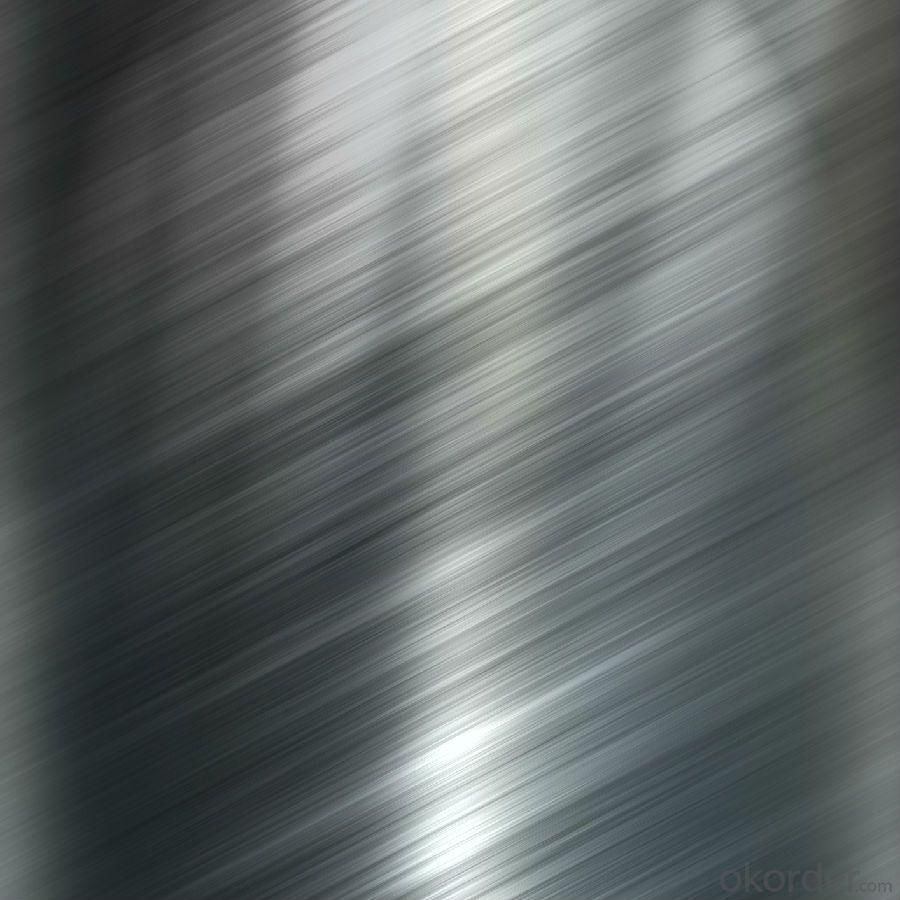
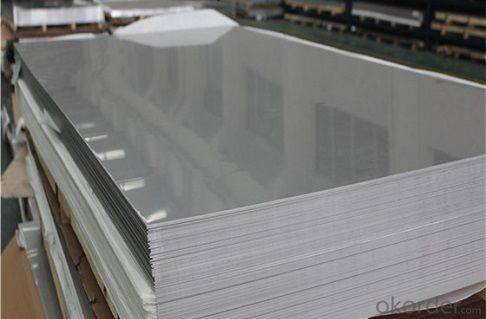
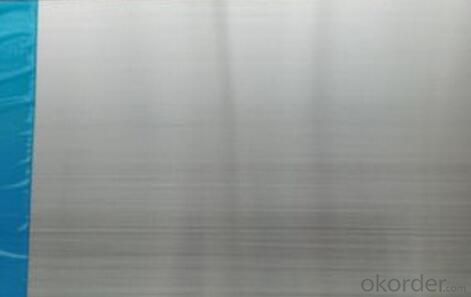
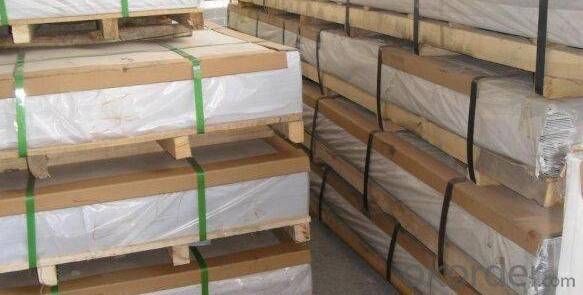
- Q: What are the different types of stainless steel sheet surface coatings for outdoor applications?
- Outdoor applications commonly use various types of stainless steel sheet surface coatings. These coatings aim to enhance the stainless steel's durability and corrosion resistance, making it suitable for harsh outdoor environments. One commonly used coating for outdoor applications is powder coating. This involves applying a dry powder to the stainless steel surface and then curing it under heat to create a protective layer. Powder coating offers excellent resistance against corrosion, UV rays, and chemicals, making it perfect for outdoor use. Furthermore, it provides a wide range of color options, allowing for customization and aesthetic appeal. Another type of coating frequently employed for outdoor applications is PVD (Physical Vapor Deposition) coating. This process entails depositing a thin film of material onto the stainless steel surface using a vacuum chamber. PVD coatings offer outstanding adhesion, wear resistance, and corrosion resistance, making them suitable for outdoor use. They also provide various decorative finishes like gold, bronze, or black, which can enhance the stainless steel's appearance. In addition, stainless steel can be coated with ceramic for outdoor applications. Ceramic coatings are typically applied using a high-temperature spray process, resulting in a hard, protective layer on the stainless steel surface. These coatings offer superior resistance against abrasion, chemicals, and UV rays, making them ideal for highly durable outdoor applications. To summarize, stainless steel sheet surface coatings for outdoor applications include powder coating, PVD coatings, and ceramic coatings. Each of these coatings offers distinct benefits in terms of corrosion resistance, durability, and aesthetic appeal, enabling the use of stainless steel in a wide range of outdoor environments.
- Q: What are the different types of stainless steel sheet surface patterns for architectural purposes?
- There are several types of stainless steel sheet surface patterns commonly used for architectural purposes. Some of these patterns include brushed, mirror, embossed, bead blasted, and patterned. Each pattern offers a unique aesthetic appeal and can be chosen based on the specific requirements and design preferences of a project.
- Q: What is the weldability of stainless steel sheets?
- The weldability of stainless steel sheets is generally considered to be good. Stainless steel contains a high percentage of chromium, which forms a passive oxide layer on the surface of the metal. This oxide layer provides excellent corrosion resistance and helps prevent the formation of heat-affected zones during welding. However, the weldability of stainless steel can vary depending on the specific grade and thickness of the sheets. Some grades of stainless steel, such as austenitic stainless steels (e.g., 304, 316), are highly weldable and can be easily joined using various welding techniques, including TIG (Tungsten Inert Gas) welding and MIG (Metal Inert Gas) welding. On the other hand, certain grades of stainless steel, such as martensitic or duplex stainless steels, may have lower weldability due to their higher carbon content or different microstructures. These grades often require preheating and post-weld heat treatment to avoid cracking and maintain desired mechanical properties. In addition, the thickness of stainless steel sheets can also affect their weldability. Thicker sheets may require more heat input and specialized welding procedures to ensure proper fusion and avoid distortion. Overall, stainless steel sheets are generally considered to have good weldability. However, it is important to consider the specific grade and thickness of the sheets, as well as the required welding techniques and procedures, to achieve optimal results. Professional guidance and expertise in stainless steel welding are recommended to ensure successful and durable welds.
- Q: Can stainless steel sheets be customized in terms of size and shape?
- Yes, stainless steel sheets can be customized in terms of size and shape. Stainless steel is a highly versatile material that can be easily manipulated and transformed to meet specific requirements. Whether it is a large sheet or a small one, stainless steel can be cut, shaped, and resized to fit the desired dimensions. This customization process can be achieved through various techniques such as cutting, bending, welding, and forming. Additionally, stainless steel sheets can also be perforated or embossed to add further customization and enhance their aesthetic appeal. Overall, stainless steel sheets offer great flexibility in terms of size and shape customization, making them suitable for a wide range of applications in industries such as construction, automotive, aerospace, and more.
- Q: What is stainless steel AB board, please?
- The BA board is not used for drawing purposes, if it is drawing, put fine timber to petty use is wasted.
- Q: How do I prevent stress relaxation on stainless steel sheets?
- To prevent stress relaxation on stainless steel sheets, it is important to avoid subjecting them to excessive heat or prolonged periods of high stress. Additionally, carefully selecting the appropriate grade of stainless steel and implementing proper handling and storage techniques can help minimize stress relaxation.
- Q: Are stainless steel sheets resistant to acetic acid?
- Yes, stainless steel sheets are generally resistant to acetic acid.
- Q: What are the different types of stainless steel sheet finishes for industrial applications?
- In industrial applications, various types of stainless steel sheet finishes are commonly utilized. These finishes serve different purposes in terms of durability, resistance to corrosion, and aesthetics. 1. No. 1 Finish: This finish is achieved through a process of hot rolling, annealing, and pickling, resulting in a rough and dull surface. It finds its application in structural components or areas where a smooth surface is not essential. 2. No. 2B Finish: Achieved by cold rolling, annealing, and pickling, this finish offers a moderately reflective and smooth surface. It is commonly used in applications where both corrosion resistance and appearance are important, such as kitchen appliances, architectural components, and food processing equipment. 3. No. 4 Finish: This finish is obtained by polishing with abrasive belts or brushes, resulting in a matte appearance. It is often employed in applications where a decorative finish is desired, such as furniture, elevator panels, and signage. 4. No. 8 Finish: Also known as a mirror finish, this is the most reflective finish available for stainless steel sheets. It is achieved by progressively polishing with finer abrasives until a highly reflective surface is obtained. This finish is commonly used for architectural accents, automotive trims, and decorative items that require a high level of reflectivity and a pleasing appearance. 5. BA Finish: This finish is achieved through annealing in a controlled atmosphere furnace, resulting in a highly reflective and smooth surface. It is commonly used in applications where a mirror-like finish is desired, such as decorative items, reflectors, and light fixtures. These are just a few examples of the various stainless steel sheet finishes commonly employed in industrial applications. Each finish possesses unique properties and is suitable for different purposes. Therefore, it is crucial to carefully consider the specific requirements of the application when selecting a finish.
- Q: What is the weight of stainless steel sheets?
- The weight of stainless steel sheets may differ based on their thickness and dimensions. Typically, stainless steel sheets possess a density of 8 grams per cubic centimeter. To determine the weight of a stainless steel sheet, one must acquire the dimensions (length, width, and thickness) and multiply them to ascertain the volume. Subsequently, the weight can be determined by multiplying the volume by the density.
- Q: What is the electrical conductivity of stainless steel sheets?
- The specific grade and composition of stainless steel sheets can cause variations in their electrical conductivity. In comparison to metals like copper or aluminum, stainless steel is generally not recognized for its high electrical conductivity. Nevertheless, it does possess some degree of electrical conductivity. The reason for stainless steel's typically lower electrical conductivity compared to most metals is the higher presence of non-conductive elements like chromium and nickel. While stainless steel is commonly selected for its resistance to corrosion rather than its electrical conductivity, it can still be employed in specific electrical applications where moderate conductivity is deemed acceptable.
Send your message to us
316 Hot Rolled Stainless Steel Sheet / Plate
- Loading Port:
- Shanghai
- Payment Terms:
- TT OR LC
- Min Order Qty:
- 1 m.t.
- Supply Capability:
- 20000 m.t./month
OKorder Service Pledge
OKorder Financial Service
Similar products
Hot products
Hot Searches
Related keywords
